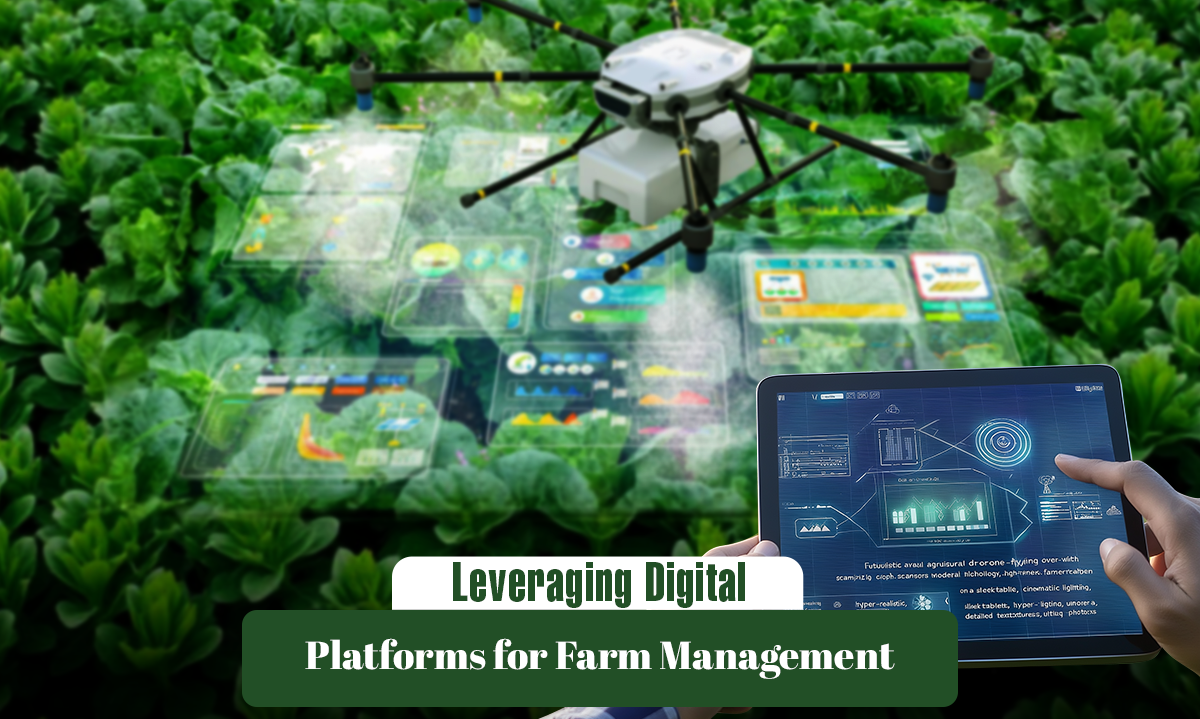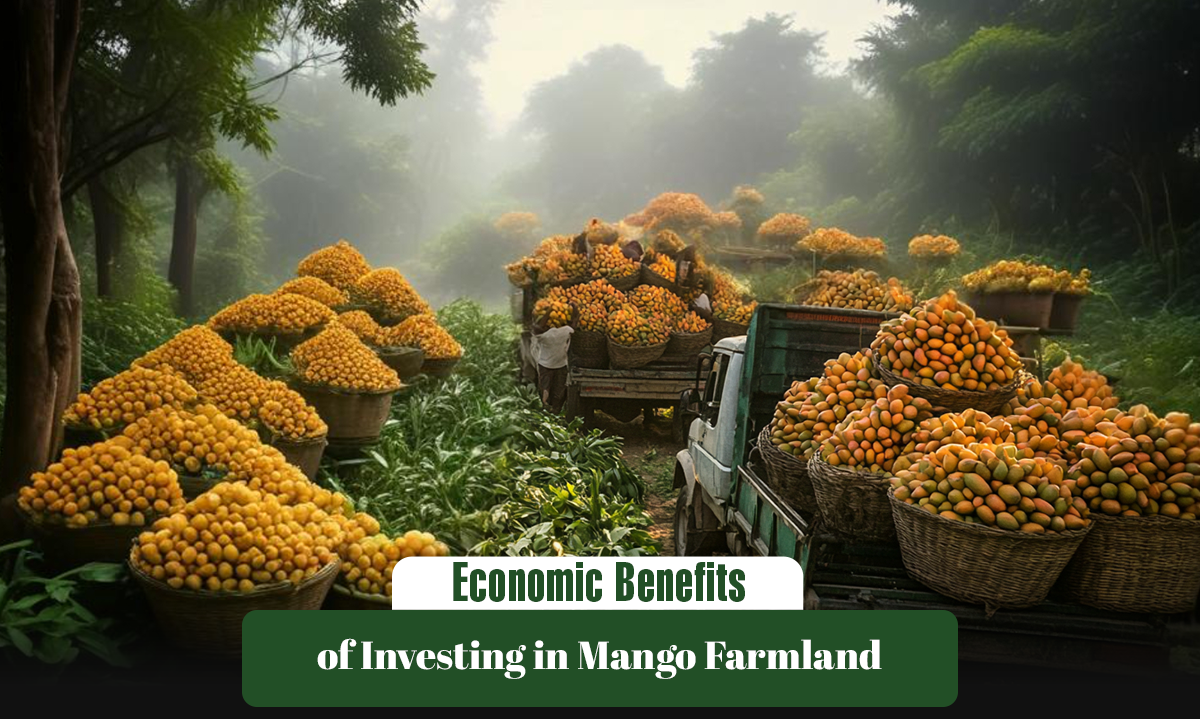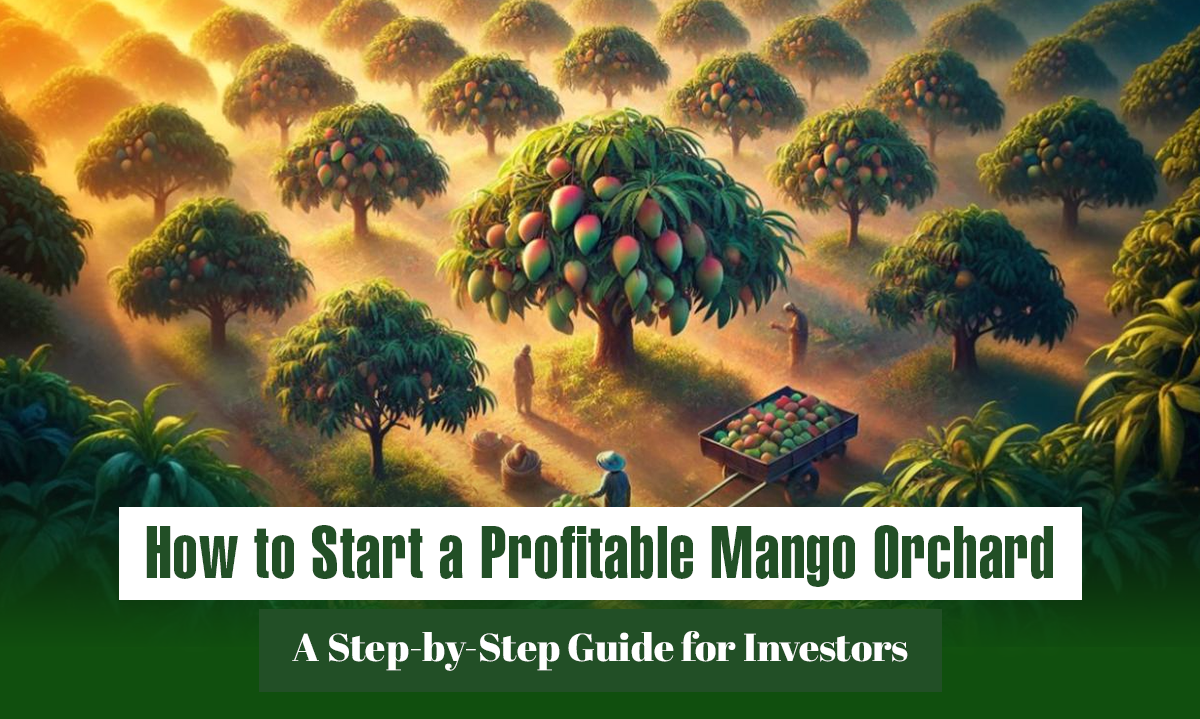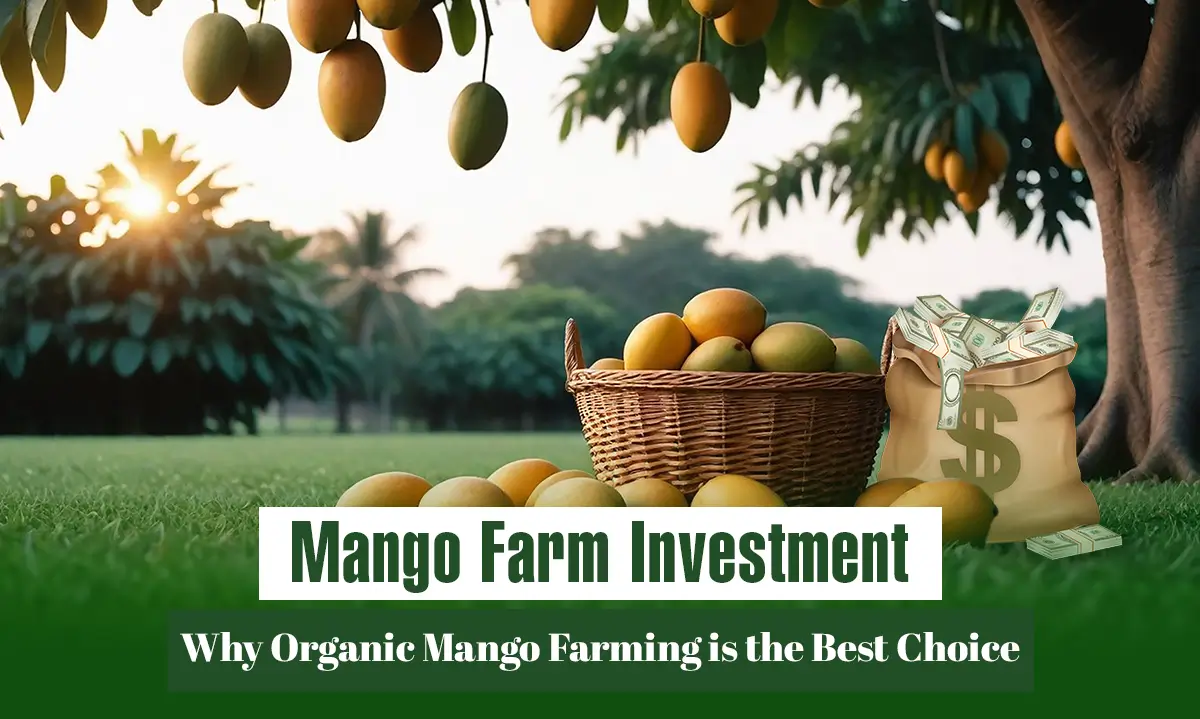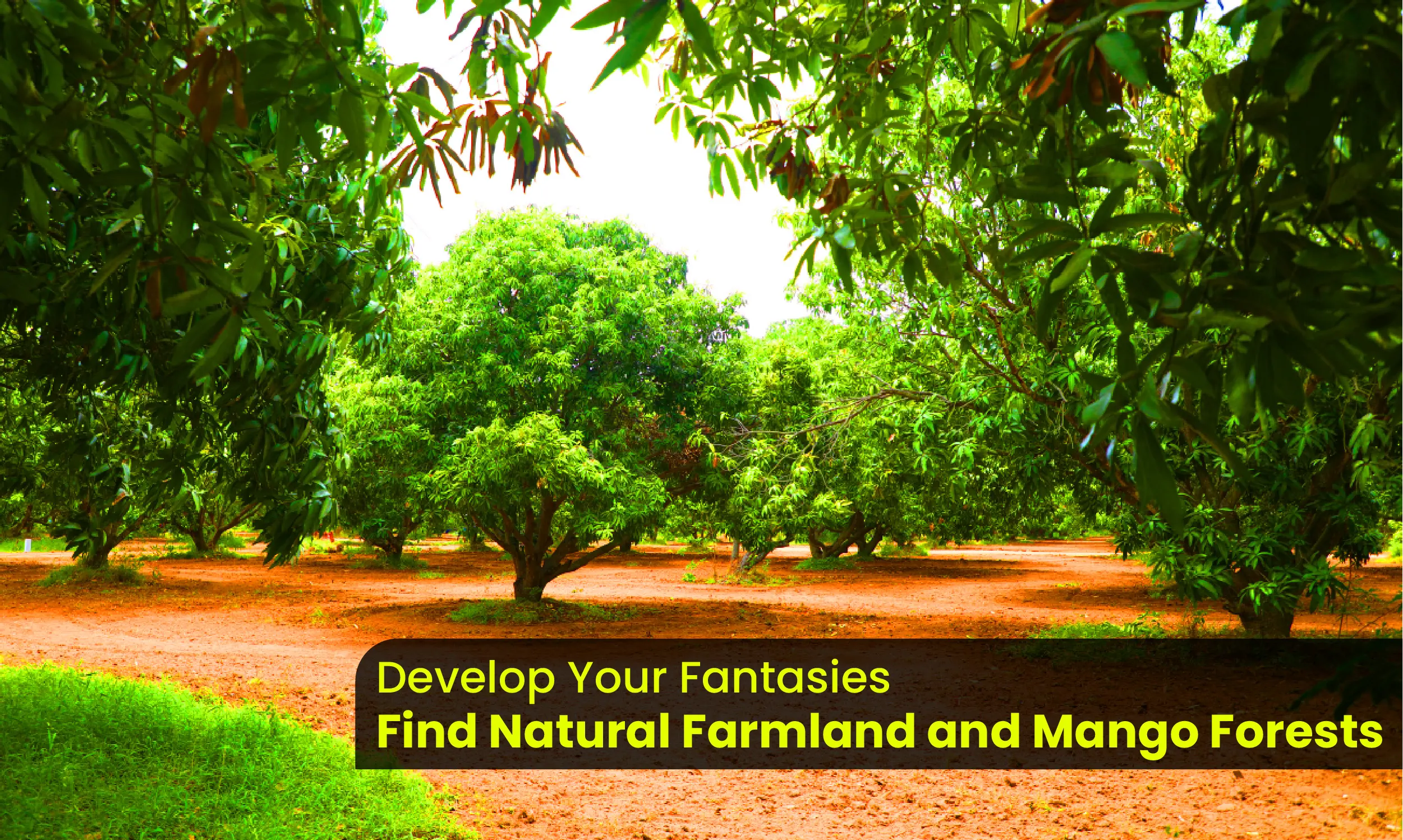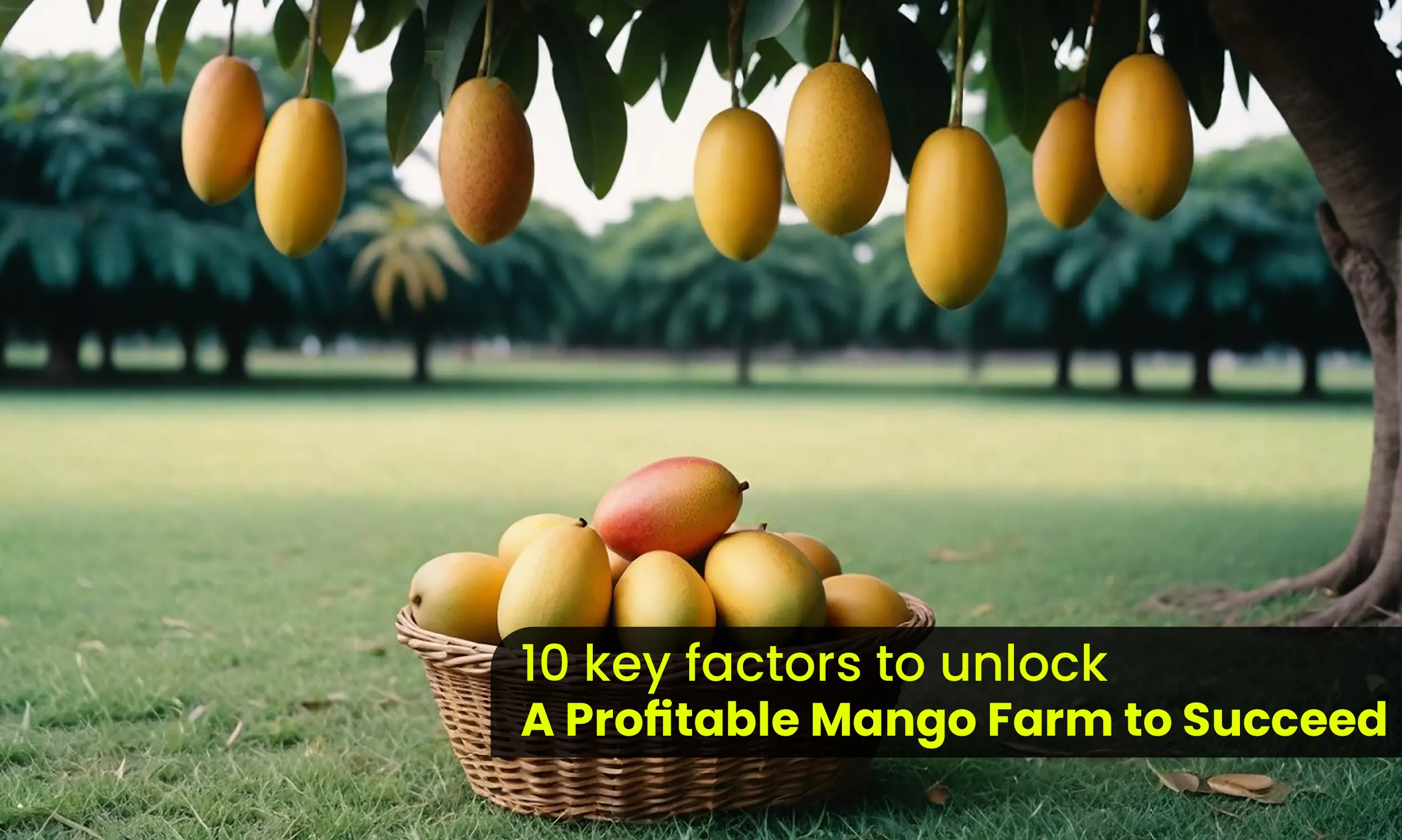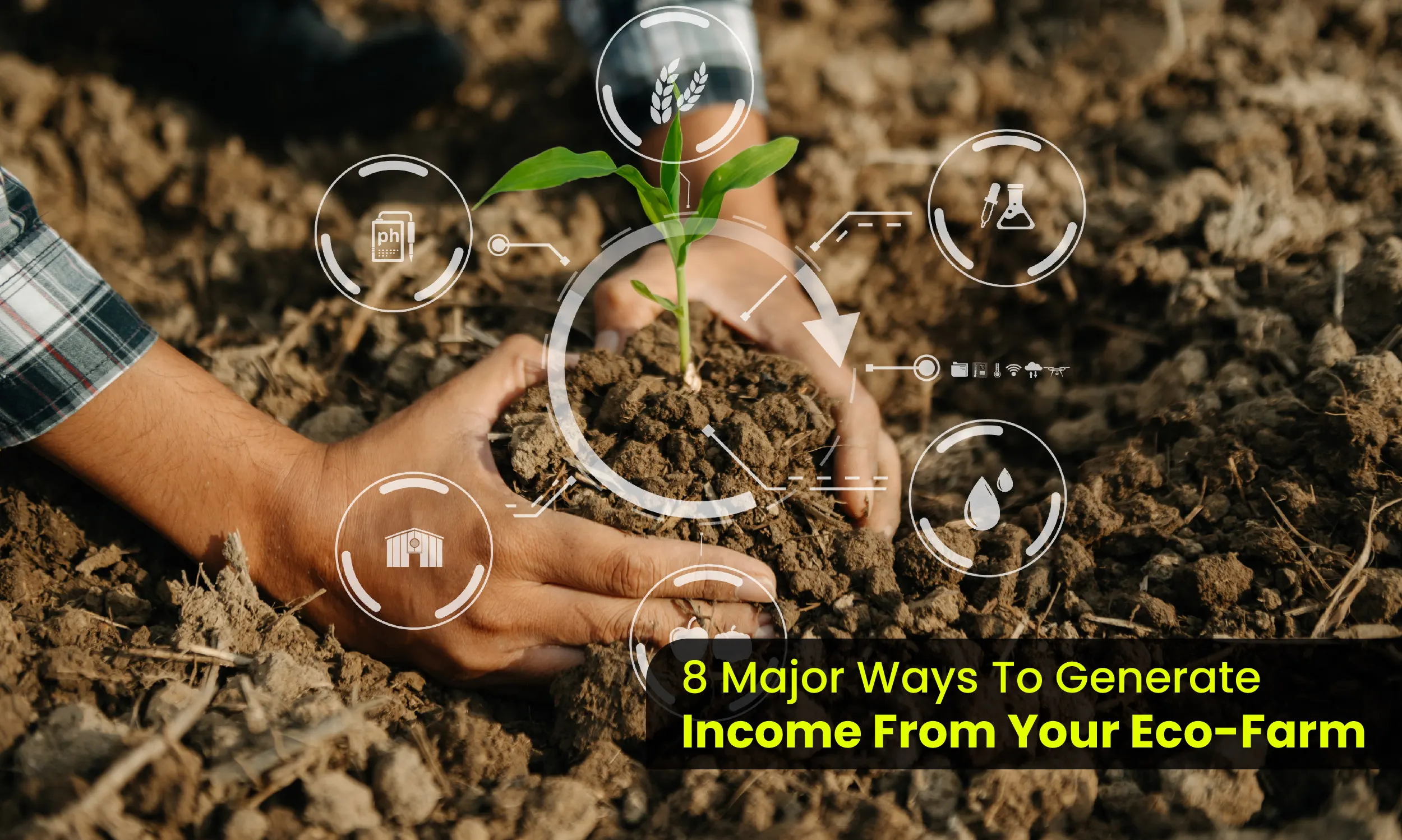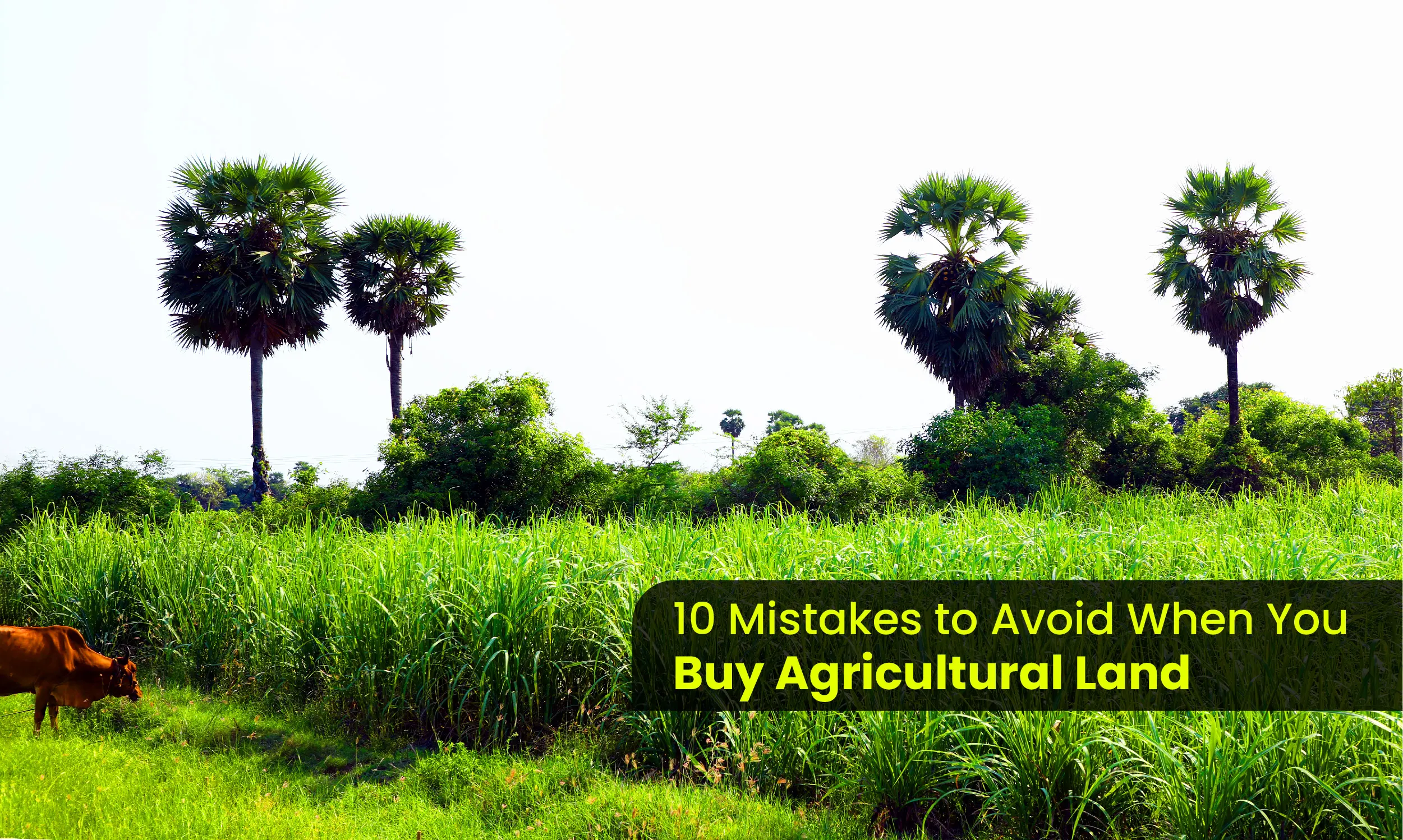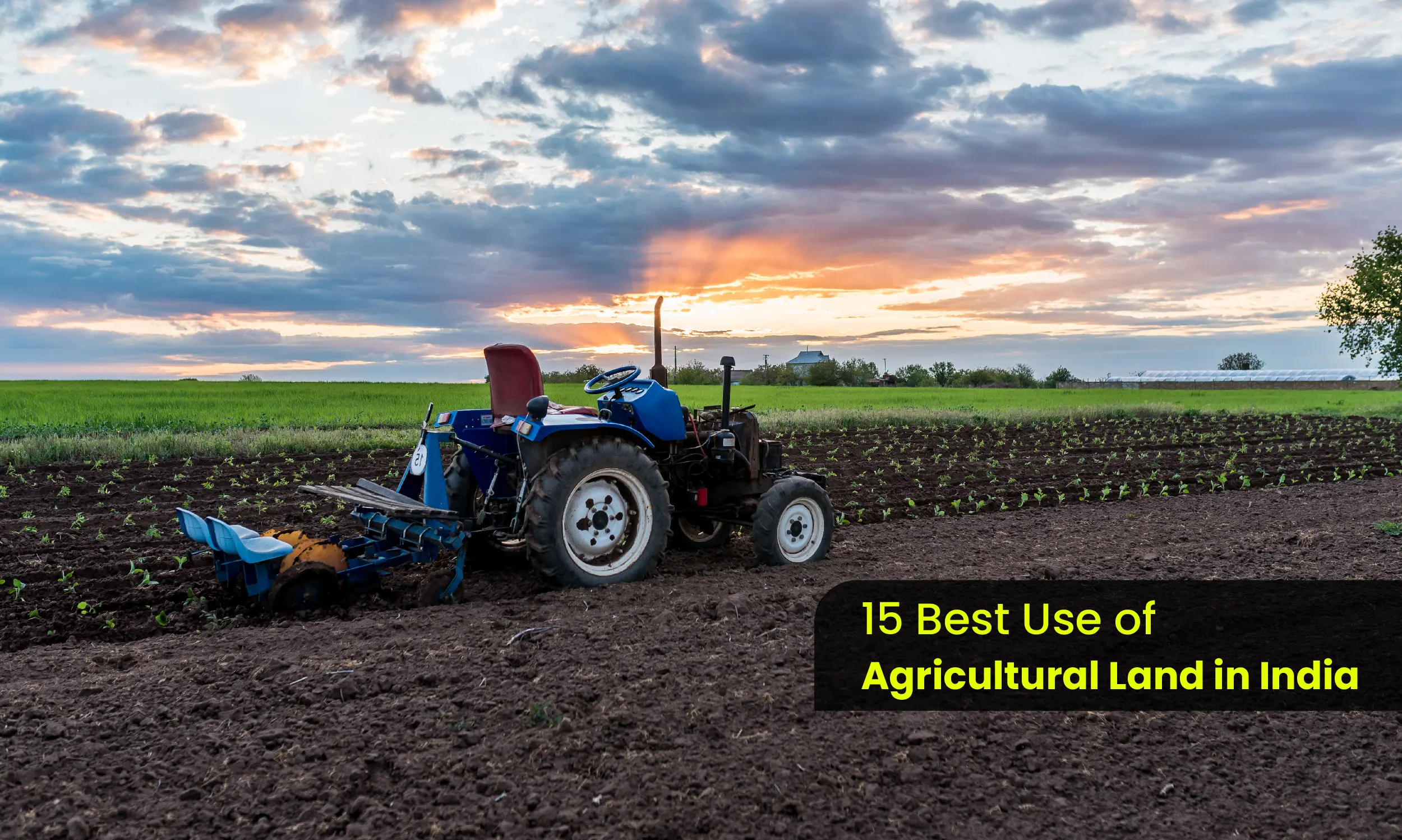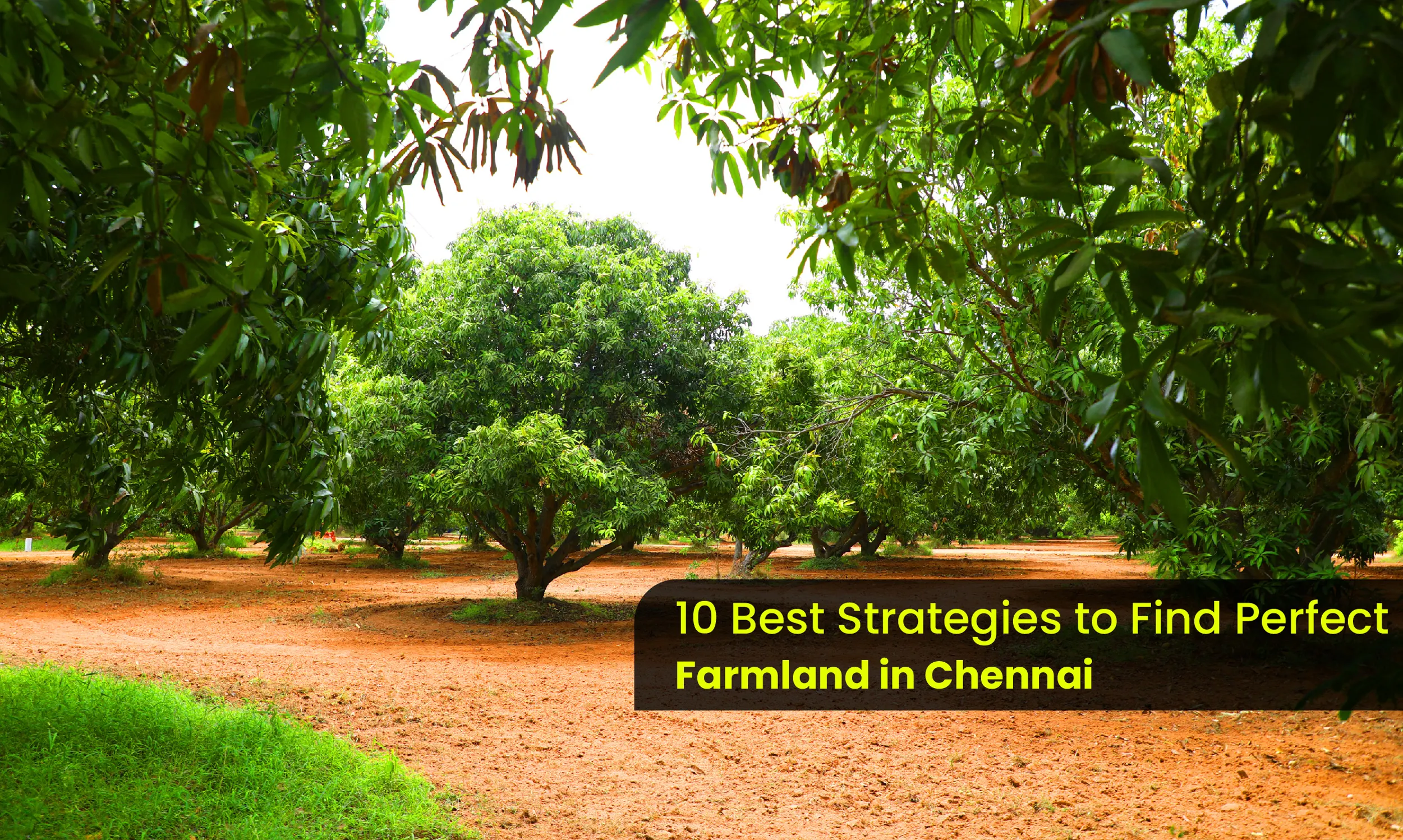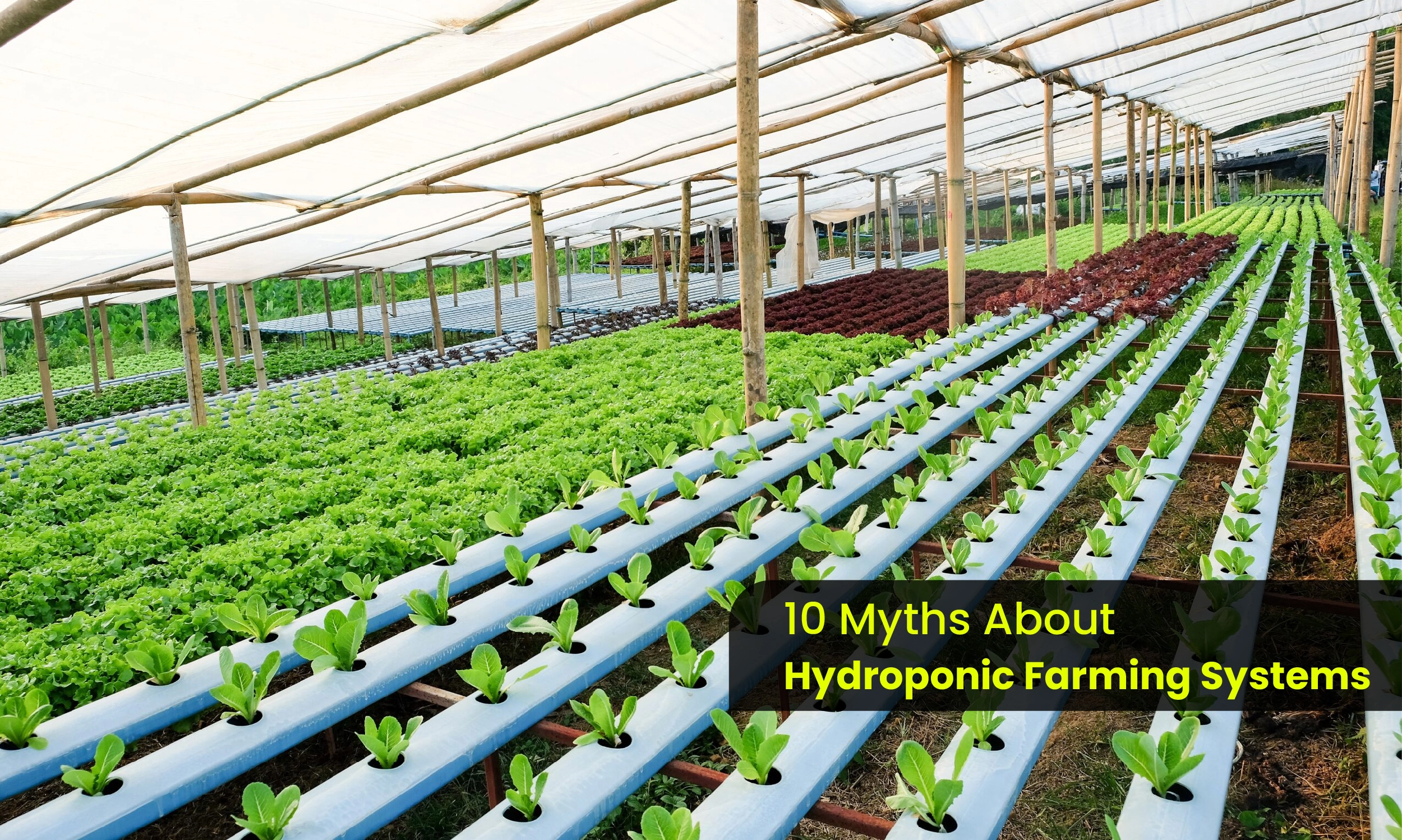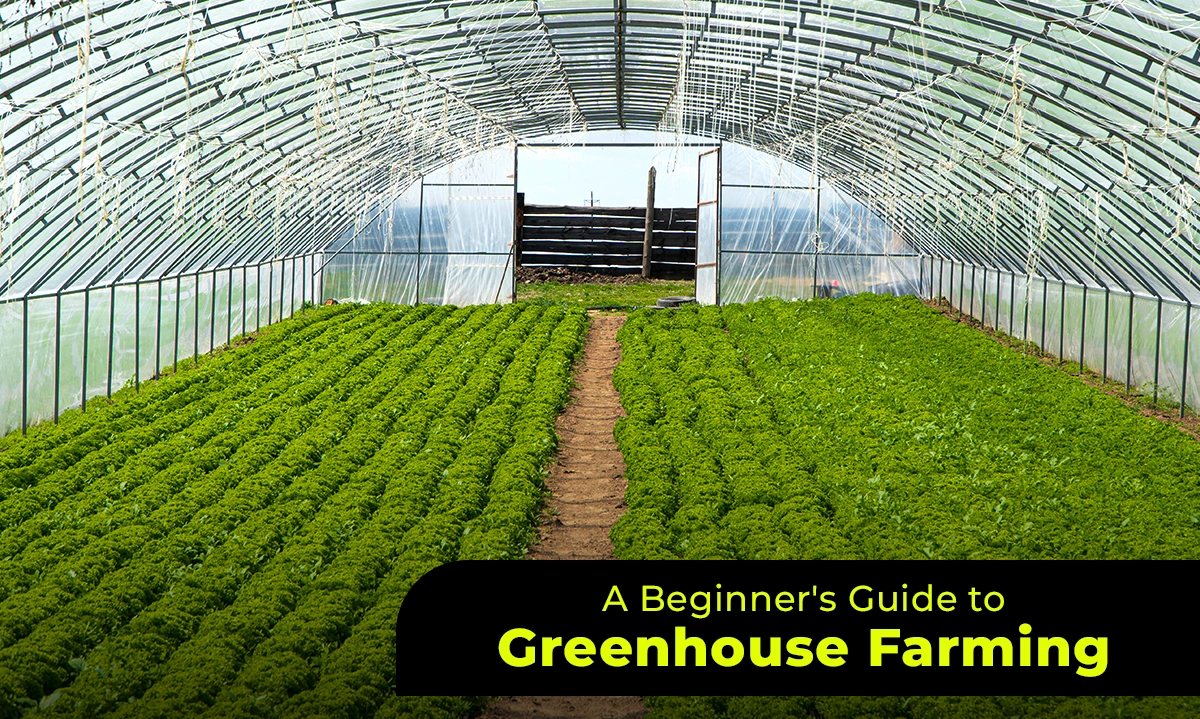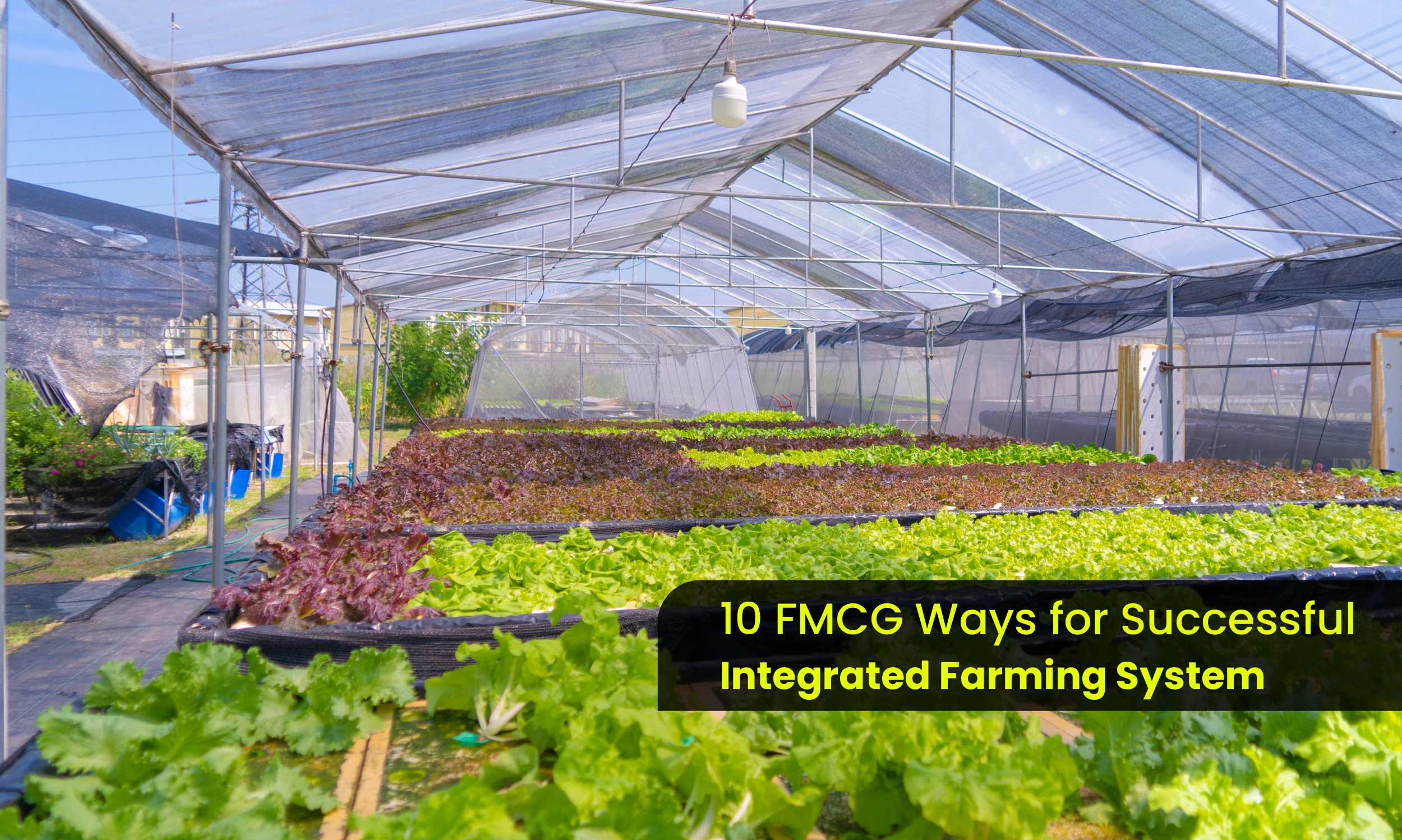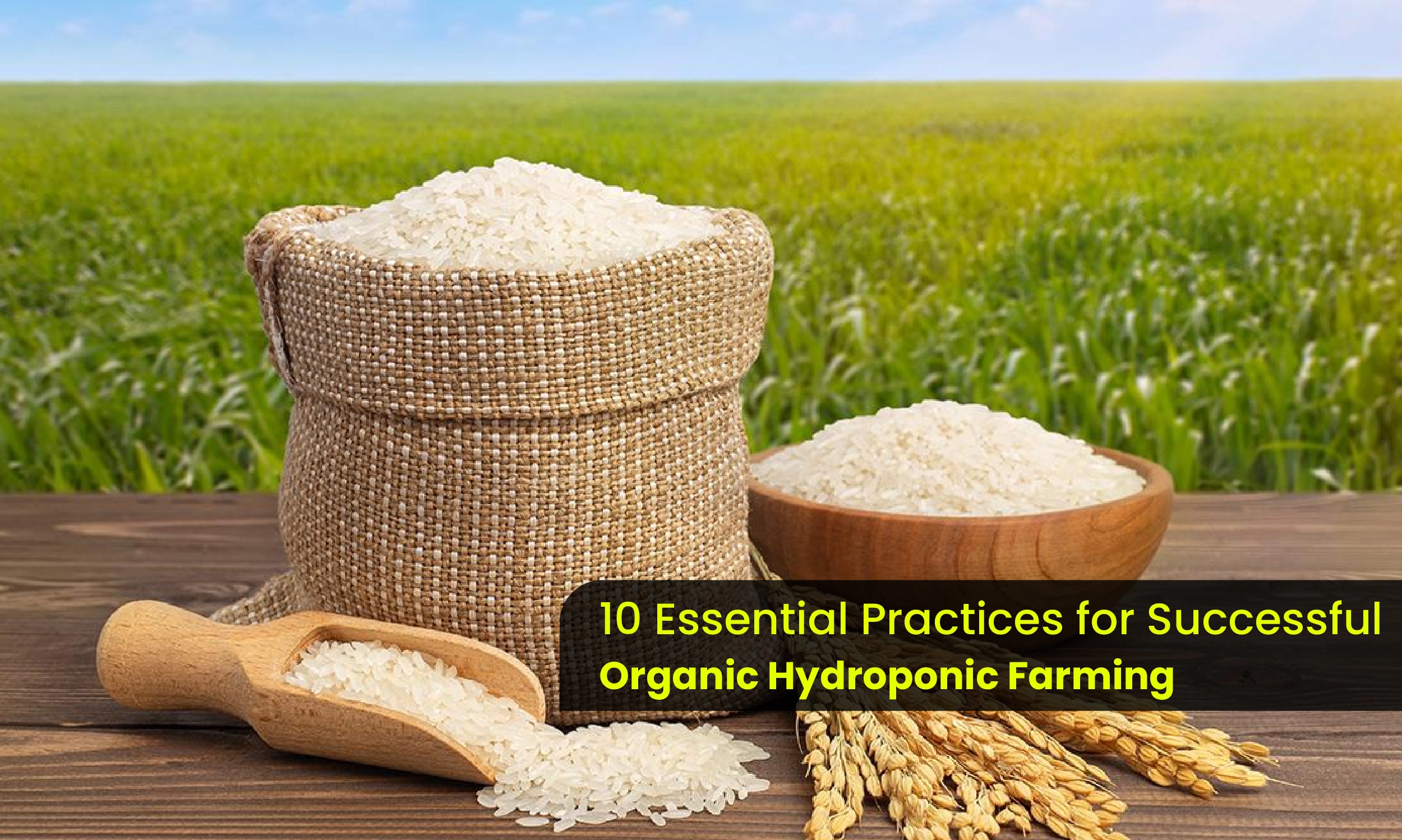Mahogany Tree Cultivation: A Green Investment for Sustainable Returns
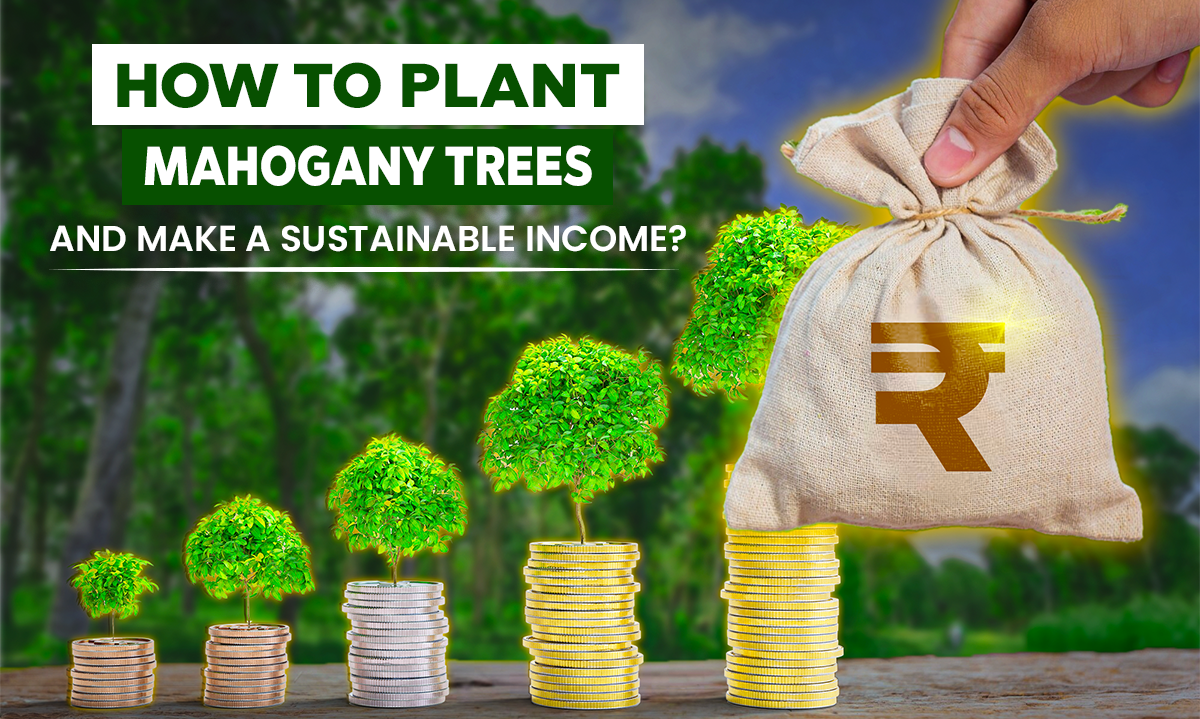
Introduction:
Mahogany trees are celebrated for their premium hardwood, which is highly sought after in furniture making, cabinetry, and flooring. Their dense, reddish-brown wood is not only beautiful but also durable, making mahogany a valuable resource in the timber industry. Planting mahogany trees offers a unique opportunity for long-term investment and sustainable income. However, successful cultivation requires careful planning and management. This guide will walk you through the essential steps to plant mahogany trees and create a profitable and sustainable income stream from your forestry investment.
Understanding Mahogany Trees
Mahogany is a hardwood tree that is highly valued for its exceptional ability to produce custom-finished wood. Native to tropical regions, mahogany trees are known for their robustness, strength, and resistance to pests. These characteristics make mahogany an ideal choice for high-quality products, cabinetry, and flooring. Growing mahogany trees not only achieves strong economic returns but also contributes positively to sustainability.
Stage 1: Site Selection and Preparation
Assessing Climate and Soil Requirements:
Warm temperatures and high humidity are ideal for mahogany trees due to their strength and resilience. Mahogany trees require well-drained, fertile soil with a pH of approximately 6 to 7. Before planting, conduct a soil test to ensure that your site meets these conditions. Although mahogany trees can adapt to various soil types, sandy loam or loamy soil is best suited for their growth. If you're also interested in mango farming, note that both mahogany and mango trees thrive in similar tropical climates, making your farmland versatile for multiple crops.
Choosing the Right Location:
Since mahogany trees need full sun for optimal growth, select a site with adequate sunlight. Avoid areas prone to flooding or with very heavy clay soil. If your land does not naturally meet these conditions, consider soil improvement techniques or choose a location that aligns with the requirements. If you have mango farmland, you can integrate mahogany trees into your existing setup, creating a diversified agroforestry system that maximizes land use.
Stage 2: Acquiring Mahogany Seeds or Saplings
Purchasing Quality Seeds or Saplings:
Acquire mahogany seeds or saplings from reputable nurseries or certified suppliers. To ensure high germination rates, seeds should be fresh and purchased from a reliable source. Alternatively, young saplings from established nurseries can give you a head start. If you're also managing mango farmland, you might find it efficient to source both mahogany and mango saplings from specialized nurseries to streamline your planting process.
Preparing Seeds for Planting:
If using seeds, soak them in water for 24 hours before planting to promote germination. Prepare seed trays or pots with a well-draining potting mix. Plant the seeds about 1 inch deep and place them in a warm, sunny spot. Maintain consistent moisture until the seeds germinate. For those with mango farmland, consider starting your mahogany seeds alongside mango seeds to ensure both crops are ready for planting at the same time.
Stage 3: Planting Mahogany Trees
Preparing the Planting Site:
Clear the planting area of weeds, grass, and debris. Dig holes that are twice as wide and about the same depth as the root ball of your saplings. If planting seeds directly in the ground, ensure the soil is well-tilled and enriched with organic matter. For an integrated approach, prepare the soil in a way that accommodates both mahogany and mango trees, allowing for efficient land use.
Planting Saplings:
Place the saplings in the prepared holes, ensuring that the top of the root ball is level with the surrounding soil. Backfill the hole with soil and gently tamp it down to eliminate air pockets. Water the area thoroughly after planting. For those with mango farmland, consider planting mahogany trees at appropriate distances to prevent competition and allow for both crops to thrive.
Planting Seeds:
For seeds planted directly in the ground, sow them about 1 inch deep and space them 6-8 feet apart to accommodate the mature size of the trees. Water the area gently and keep it consistently moist until the seeds germinate and seedlings establish themselves. Combining mahogany and mango tree planting can diversify your crops and enhance the sustainability of your farmland.
Stage 4: Caring for Mahogany Trees
Watering and Fertilizing:
Young mahogany trees require regular watering to establish their root systems. Once established, they are relatively drought-tolerant but may benefit from occasional watering during dry spells. Apply a balanced fertilizer every 6-12 months to support healthy growth. If you’re also managing mango farm land, consider implementing a comprehensive irrigation and fertilization plan that benefits both mahogany and mango trees.
Pruning and Maintenance:
Prune mahogany trees to remove dead or diseased branches and to shape the tree as it grows. Regular pruning helps maintain the tree's health and encourages a straight trunk, which is valuable for timber production. Mulching around the base of the trees can help retain moisture and suppress weeds. For mango farmland, regular maintenance of both crops ensures optimal growth and productivity.
Pest and Disease Management:
Monitor mahogany trees for common pests such as beetles and scale insects. Employ integrated pest management strategies to control infestations, including natural predators and insecticidal soaps. Keep an eye out for diseases like fungal infections and address them promptly with appropriate treatments. Implementing similar pest and disease management practices on your mango farmland can protect both crops and enhance overall yields.
Stage 5: Harvesting and Marketing Mahogany
Timing of Harvest:
Mahogany trees typically take 20-30 years to reach harvestable size, depending on growing conditions. Monitor the trees for signs of maturity, such as the development of a straight, thick trunk and the desired wood characteristics. Harvesting should be done when the wood has reached optimal density and quality. If you’re managing both mahogany and mango trees, plan your harvesting schedules to maximize efficiency and profitability.
Harvesting Techniques:
Use professional equipment and techniques to ensure a clean and efficient harvest. Employing experienced loggers or forestry contractors can help maximize the value of the timber and minimize damage to the remaining trees. For mango farmland, consider coordinating harvest times to streamline labor and resources across both crops.
Marketing Your Mahogany:
Develop a marketing strategy to sell your mahogany timber. Identify potential buyers such as furniture manufacturers, lumber mills, or export markets. Building relationships with industry contacts and attending trade shows can help you establish a market presence. If you have mango farmland, diversifying into value-added products like custom furniture or mango preserves can increase your revenue streams.
Stage 6: Sustainable Practices and Long-Term Management
Replanting and Agroforestry:
After harvesting, consider replanting mahogany trees or incorporating agroforestry practices to maintain soil health and biodiversity. Replanting ensures a continuous cycle of income and environmental benefits. Combining mahogany and mango trees in an agroforestry system can optimize land use and enhance ecological balance.
Certification and Environmental Impact:
Obtain certification from organizations such as the Forest Stewardship Council (FSC) to demonstrate your commitment to sustainable forestry practices. Certification can enhance the marketability of your timber and appeal to environmentally-conscious buyers. For mango farmland, similar certification can help you attract eco-friendly markets and improve the sustainability of your agricultural practices.
Financial Planning and Investment:
Develop a long-term financial plan that includes costs for planting, maintenance, harvesting, and marketing. Factor in potential income from timber sales and consider diversifying investments to manage risks and maximize returns. For those managing both mahogany and mango farmland, integrated financial planning can help optimize profitability and ensure a stable income from your diverse investments.
Conclusion:
Planting mahogany trees represents a substantial investment in both time and resources, but the potential rewards are significant. By choosing the right site, preparing the soil, and implementing effective care practices, you can cultivate a thriving mahogany plantation that provides a steady and sustainable income. The key to success lies in understanding the specific needs of mahogany trees and committing to their long-term management. With patience and diligence, your mahogany plantation can yield high-quality timber and contribute positively to environmental sustainability, offering both financial returns and ecological benefits. Integrating mahogany with mango farmland can further enhance the productivity and sustainability of your agricultural enterprise, ensuring a fruitful investment for years to come.
Latest blogs
JOIN OUR COMMUNITY !
Stay connected with Getfarms! Follow us on social media for the latest updates, exclusive offers, and a glimpse into the world of farmhouse living. Join our community today
